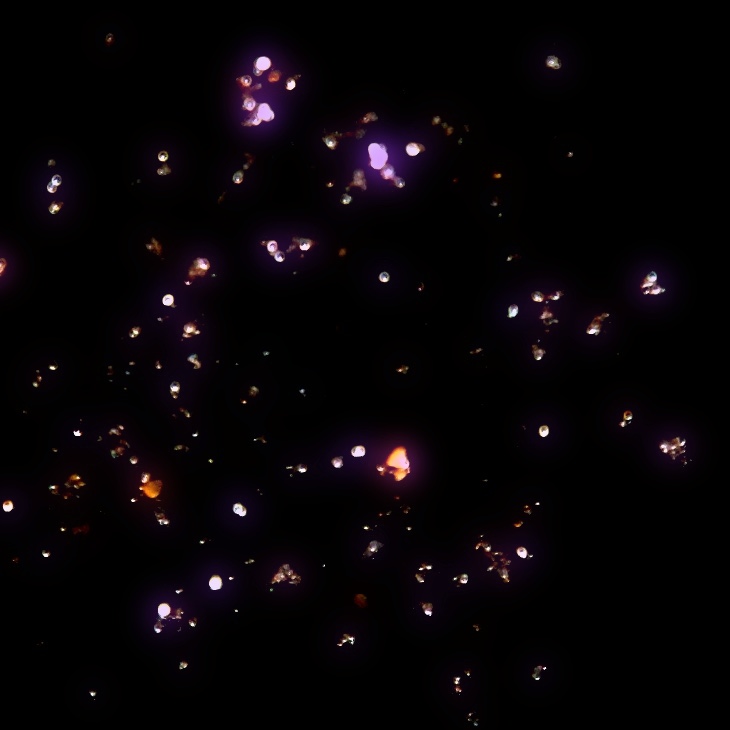Lawrencium
103
Lr
Gruppe
n/a
Periode
7
Block
d
Protonen
Elektronen
Neutronen
103
103
159
Generelle Eigenschaften
Ordnungszahl
103
Atommasse
[262]
Massenzahl
262
Kategorie
Actinoide
Farbe
n/a
Radioaktiv
Ja
Named after Ernest O. Lawrence, inventor of the cyclotron
Kristallstruktur
n/a
Geschichte
Lawrencium was discovered by Albert Ghiorso, Torbjørn Sikkeland, Almon Larsh and Robert M. Latimer in 1961 at the University of California, Berkeley.
It was produced by the bombardment of californium with boron atoms.
Lawrencium was the last member of the actinide series to be discovered.
It was produced by the bombardment of californium with boron atoms.
Lawrencium was the last member of the actinide series to be discovered.
Elektronen pro Schale
2, 8, 18, 32, 32, 8, 3
Elektronenkonfiguration
[Rn] 5f14 7s2 7p1
Lawrencium is a trivalent ion in aqueous solution
Physikalische Eigenschaften
Aggregatzustand
Fest
Dichte
-
Schmelzpunkt
1900 K | 1626,85 °C | 2960,33 °F
Siedepunkt
-
Schmelzwärme
n/a
Verdampfungswärme
n/a
Spezifische Wärmekapazität
-
Häufigkeit in der Erdkruste
n/a
Häufigkeit im Universum
n/a

CAS-Nummer
22537-19-5
PubChem CID-Nummer
n/a
Atomeigenschaften
Atomradius
-
Kovalenter Radius
-
Elektronegativität
1,3 (Pauling-Skala)
Ionisierungsenergie
4,9 eV
Molares Volumen
-
Wärmeleitfähigkeit
0,1 W/cm·K
Oxidationszustände
3
Anwendung
Lawrencium is used for scientific research purposes only.
Lawrencium is harmful due to its radioactivity
Isotope
Stabile Isotope
-Instabile Isotope
251Lr, 252Lr, 253Lr, 254Lr, 255Lr, 256Lr, 257Lr, 258Lr, 259Lr, 260Lr, 261Lr, 262Lr, 263Lr, 264Lr, 265Lr, 266Lr